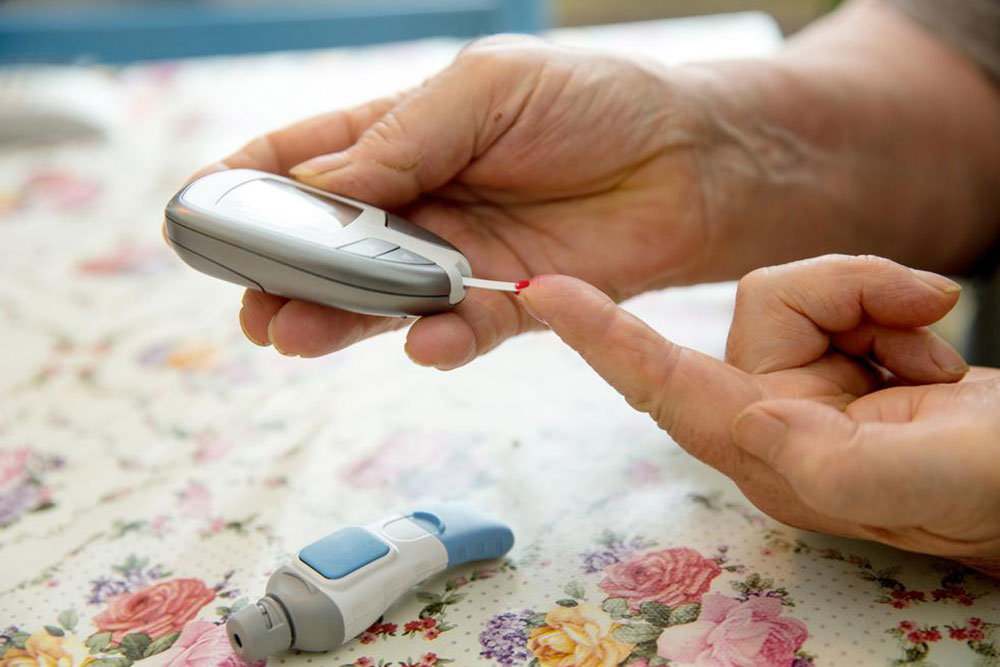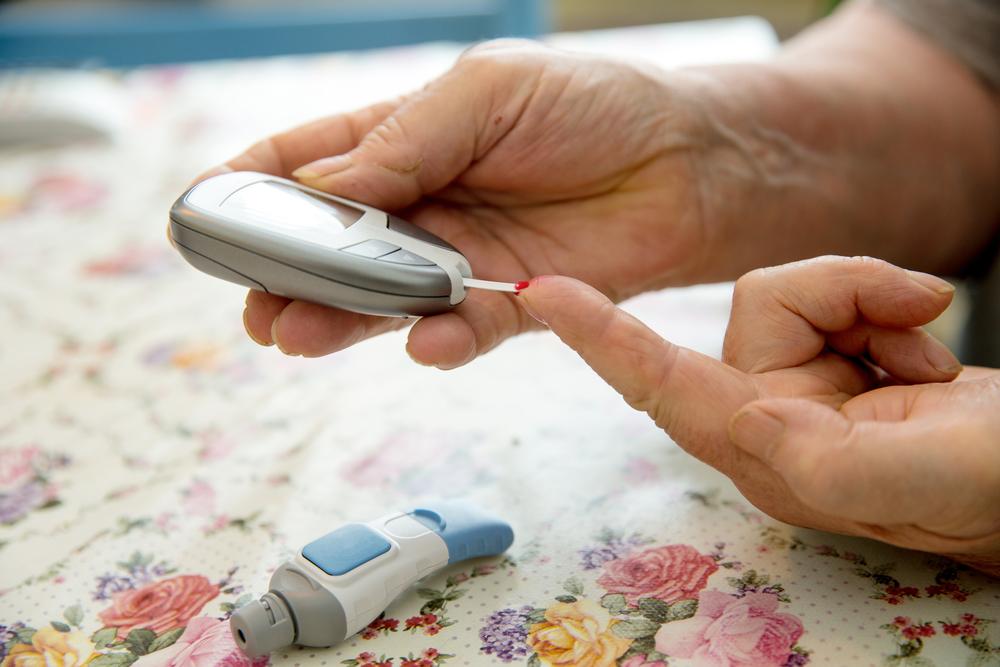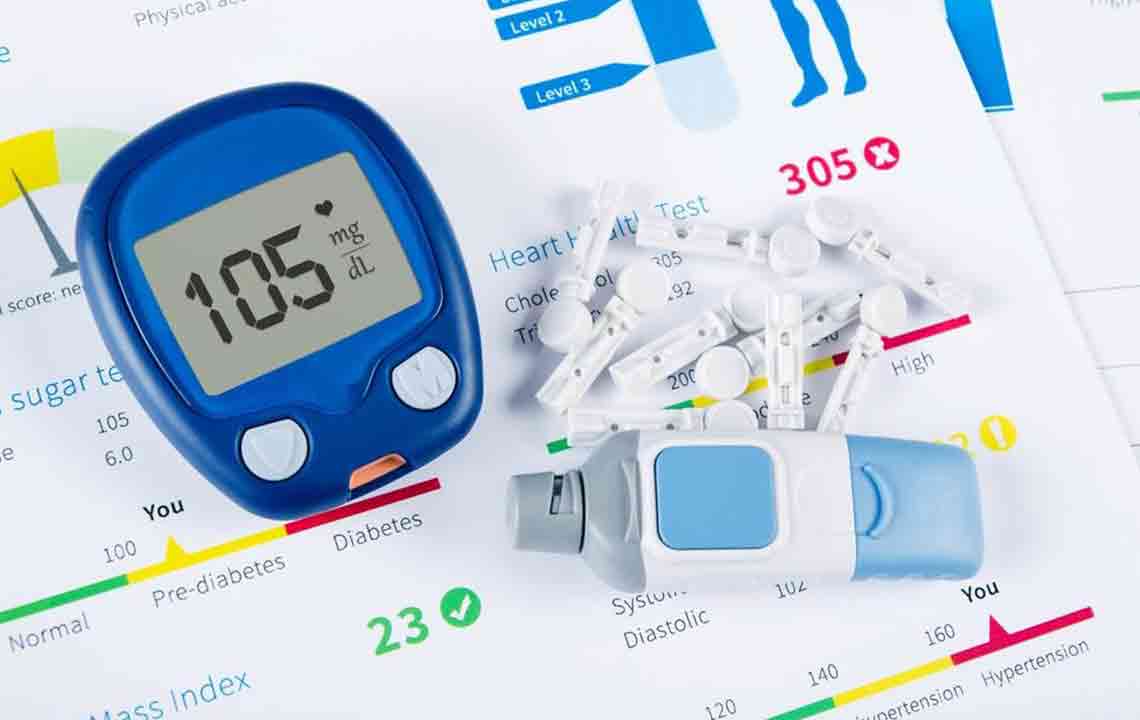Understanding Diabetic Ketoacidosis: Essential Facts to Know
Learn essential facts about diabetic ketoacidosis (DKA), including causes, symptoms, and treatment options. Early recognition and proper management are vital for preventing severe complications, especially for individuals with type 1 diabetes. This article covers how insulin therapy, hydration, and lifestyle changes can help control and prevent DKA, emphasizing timely medical intervention for safety and health maintenance.

Diabetic ketoacidosis (DKA) is a serious condition characterized by the buildup of acids in the blood, primarily caused by elevated blood sugar levels. If not treated promptly, DKA can become life-threatening. Normally, insulin helps store excess glucose in the liver for later use. When insulin is deficient, the body burns fat for energy, releasing ketones into the bloodstream. An overabundance of ketones disrupts the body's chemical balance, affecting vital functions. Symptoms include dry mouth, excessive thirst, frequent urination, nausea, abdominal pain, fatigue, and occasional dizziness. Awareness of these signs is critical for early intervention.
Key treatment steps involve insulin therapy to lower blood sugar and ketone levels, hydration with water or sugar-free drinks, and dietary adjustments. Regular blood glucose monitoring and a proper diet with moderate exercise are recommended. Individuals with type 1 diabetes should be particularly vigilant. Preventive measures and prompt medical care are vital to manage and avoid DKA complications.
Understand the symptoms to seek early medical help.
Insulin management is crucial for treatment.
Staying hydrated helps control blood sugar levels.
A balanced diet and regular monitoring support effective management.










